Maintaining a successful enterprise these days is no easy feat.
There’s a seemingly endless list of to dos, and not all of them are straightforward or linear.
Processing customer orders feels like a straightforward task. You receive an order, pull it off the shelf, box it up, and ship it.
But is that oversimplification really doing it justice?
Like all processes, there are ways to do them haphazardly, and there’s a way to make them more efficient and effective. There’s a way to not only improve the customer experience, but the profitability of your organization and the livelihood of your employees.
To truly make the highest contribution to society, you need the right tools. An order management system (OMS) can significantly reduce the headache-inducing phone calls, never ending emails, and monotonous data entry.
While it’s tempting to dive straight into Googling the “best order management system,” you’d be better off learning what to look for first.
In this article, we’ll not only define the order management system, but we’ll take a closer look at how implementing such software benefits the customer and your organization as a whole.
What is an order management system (OMS)?
An order management system is software that makes it easier to fulfill customer orders. Often they’ll simplify the process for every employee, from frontline workers taking customer orders to inventory managers down to the shipping department.
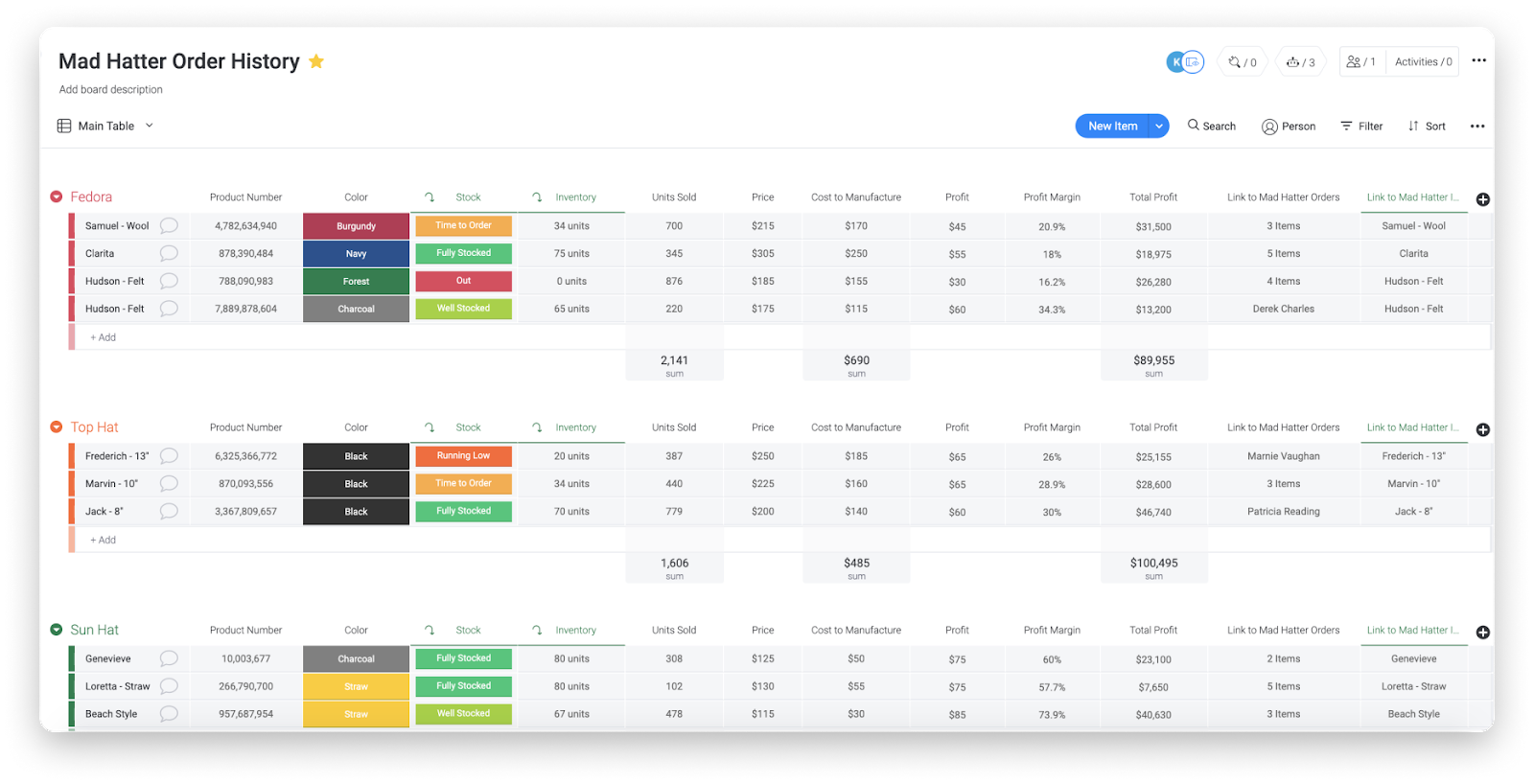
A competent order management system creates a well-oiled supply chain that consistently makes your organization better than it was yesterday.
The best order management systems:
- Convert orders and quotes quickly and efficiently, so there’s less lag time from order to shipping.
- Maintain visuals on stock levels, so you’re always replenishing stock and rarely having to tell people they have to wait.
- Keep track of past orders to provide historical reference, which comes in handy when there are customer returns, complaints, or encouraging repeat purchases.
- Identify trends that internal leaders can use to optimize the supply chain from end to end by adjusting prices, ordering more or less stock, and getting ahead of future hiring needs.
- Verify shipping and processing times, so both the company and customer have reasonable expectations for getting items from the warehouse to the mailbox.
We’ll dive deeper into what to look for in a modern order management system, but first, let’s explore the benefits of implementing one.
The benefits of an order management system
In these uncertain times full of market variability, a business must embrace every advantage they can get their hands on.
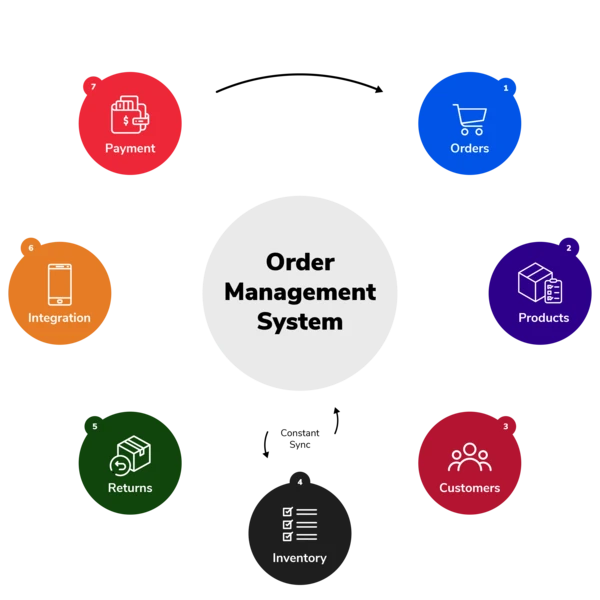
Here are some of the standout benefits of implementing an order management system:
- Greater efficiency via automationbecause these systems typically automate the tasks that are tedious and ripe for human error. As a result, the organization benefits from reduced labor costs and gets to focus talents and attention on growing and fostering better customer and vendor relationships.
- Enhanced inventory oversight by providing leadership with a bird’s-eye view of the order intake, order fulfillment, and shipping processes. There’s no guarantee it’ll all run smoothly all the time, but you can guarantee that without the resources for proper oversight, it will inevitably fall short.
- Increased customer satisfaction since there will be fewer mistakes. Customer expectation is at an all-time high, and the right order management system will ensure there are fewer mistakes and better expectations set from purchase to delivery.
- Reducing operational costs by streamlining, automating, or eliminating tedious tasks and better detecting trends. That means fewer returns and less correcting order mistakes.
- Greater scalability since the software capacity typically increases in both storage and feature capability as your order volume increases or becomes more complex.
What to look for in an order management system
Picking an order management system is far from rocket science, but there are a number of factors to consider that can make the order process more fruitful. For starters, increasing customer satisfaction needs to be at the top of your list.
Beyond the lens of customer satisfaction, look for a system that checks the most important boxes for your organization’s unique needs.
Here are some factors to consider.
Simplicity so the entire team feels empowered
The best order management software is one your team will actually use. And make no mistake, buying software doesn’t mean your employees will enthusiastically take to it overnight.There needs to be a blend of simplicity, customization, and a comprehensive knowledge transfer. If the onboarding process is structured appropriately, your team should go from 0 to 100 in a matter of weeks.
They should know exactly how the previous process works in the new software and feel comfortable using the learning material.
Finally, they should feel empowered to customize the software to their unique role. Customizable boards, dashboards, and an assortment of widgets is a great first step.
Cloud-based and mobile-friendly, so you’re always in the know
Simplicity and accessibility is only half the battle when it comes to picking the right system.
Your employees have enough work on their plate from handling customer orders and don’t need a clunky, complex system to slow them down.
It’s not all warehouses and out of date computers these days. Warehouse management and workers are constantly on the go and wear a lot of hats, so it’s crucial that there are mobile solutions.
Ideally, your order management system will have a mobile-friendly interface at the very least. In a perfect world, it’d have an app for both the iOS and Android operating systems that works on mobile, desktop computers, and tablet devices.
Plenty of integrations to promote innovation
With most brands active on multiple channels, orders aren’t limited to the website alone anymore.
Naturally, just having a website isn’t enough. Most brands have accounts on major social media platforms and may promote products and services on other marketplaces like Amazon, Etsy, and many others.
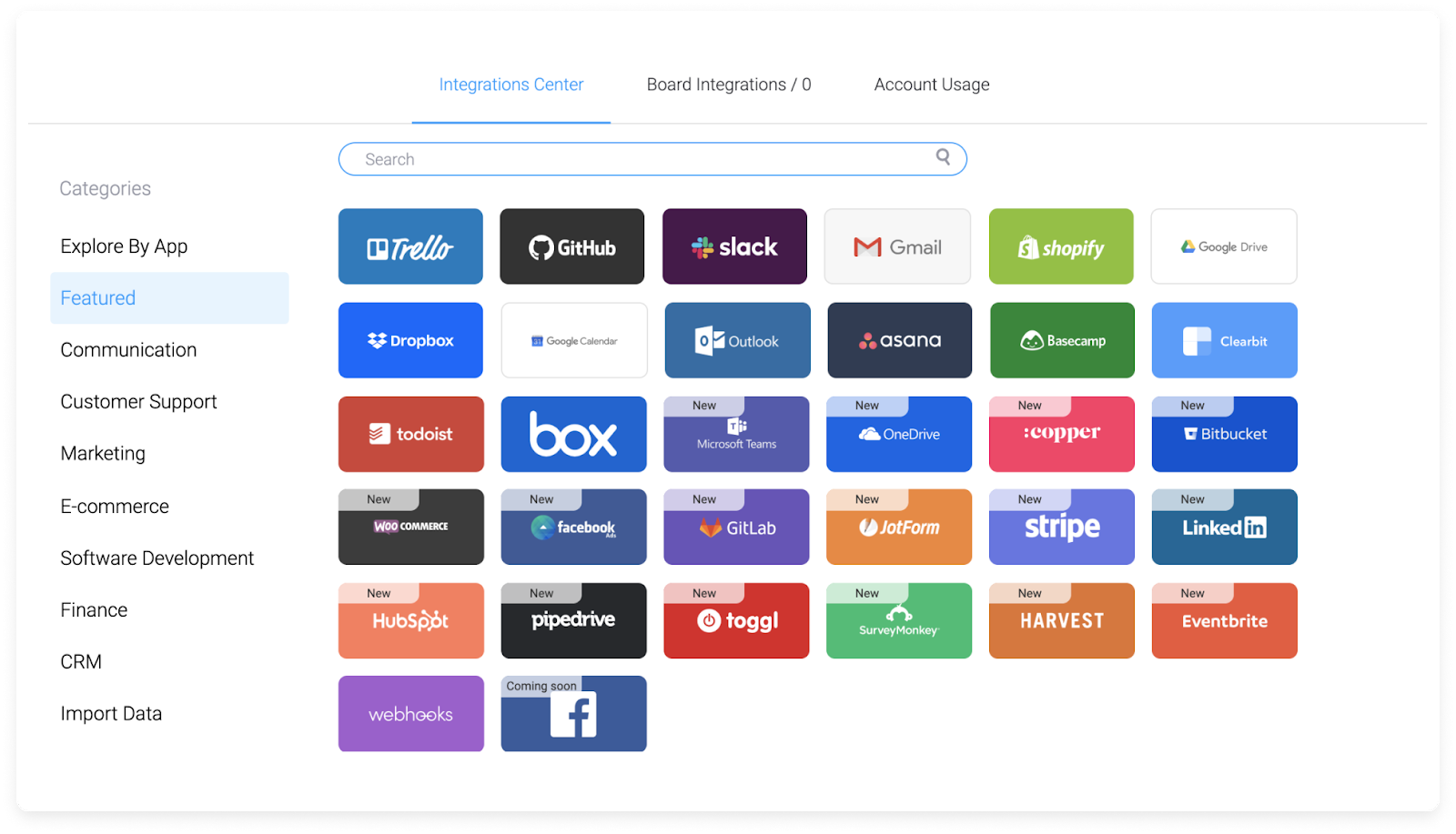
With such a wide net cast, it’s important that the order management software you choose play nicely with lots of other tools. The ability to integrate with other software is more important than ever.
At a minimum, there should be an integration to:
- CRM systems to help maintain customer relationships.
- Marketing tools to integrate with your various campaigns and events.
- Project management tools, so leadership can continue to innovate.
- Communication tools that keep your entire organization on the same page.
- External storage platforms so all the data you need is at your fingertips.
Automation to reserve talent for the important stuff
A Gartner survey showed that 37% of organizations had implemented some form of Artificial Intelligence (AI).
That trend shows no signs of slowing down, so it’s important that omnichannel retailers start thinking about how AI may disrupt their industry and get ahead of it by making automation an important part of selecting the right order fulfillment software.
Automation’s effect on the supply chain largely focuses on sales order processing. For instance, monday.com provides unlimited automation recipes that give your team the flexibility to automate simple status updates (as shown below).
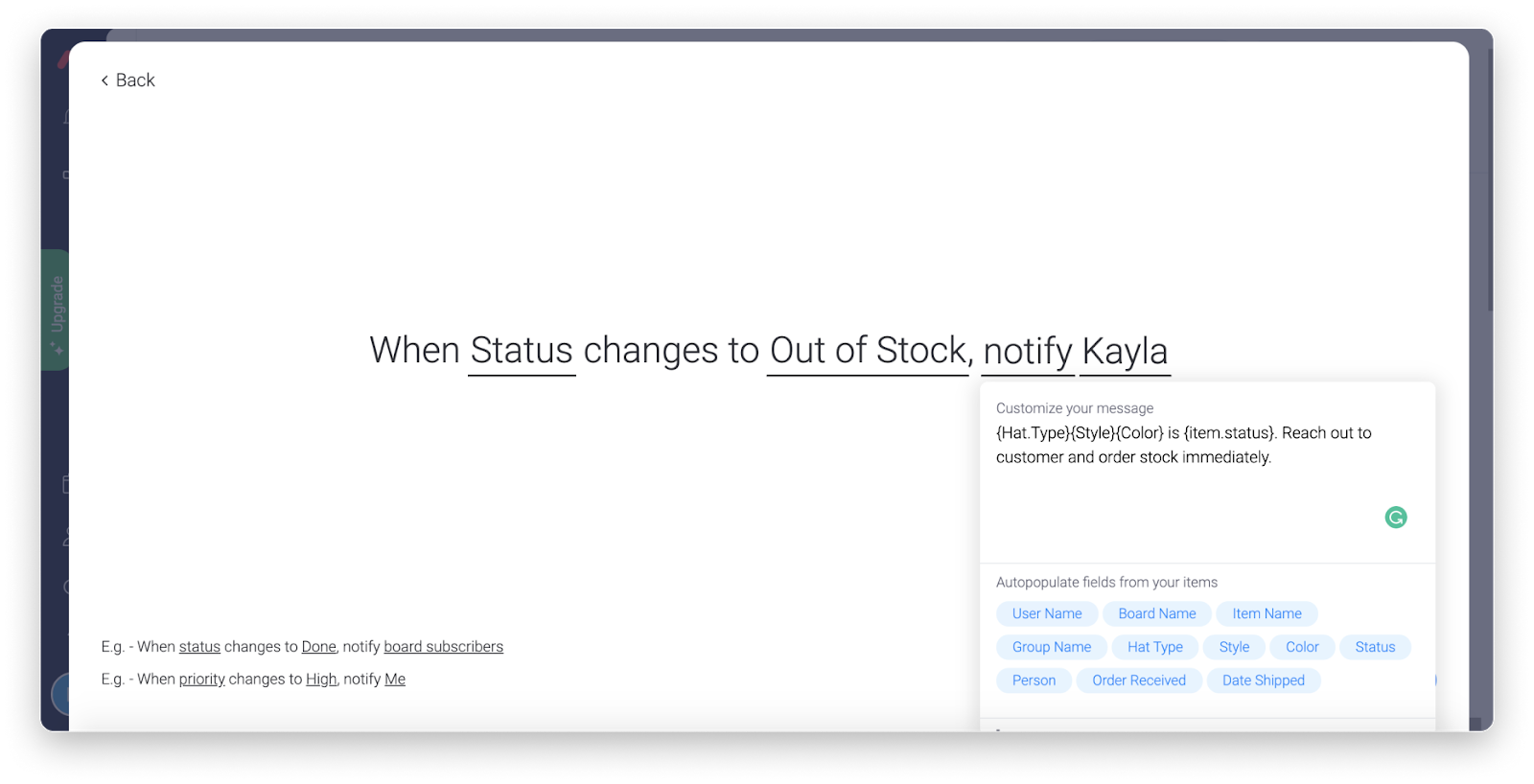
If someone flags a stock item as “out of stock,” you can set up an automation that will notify your purchasing department, so they know to order more.
No more back and forth email or endless messaging chains. Just a simple formula that does all the work for you.
The same is true for updating dates, setting incoming order statuses, and calculating key formulas like shipping costs or profitability.
Scalability is crucial to staying growth-focused
Software shouldn’t dictate how you work. You should dictate how it works.
If the software you choose works well now but won’t once your company grows, then it’s likely not worth investing in.
Growth is almost always the goal for any budding enterprise, and software providers — good ones, anyway — need to make that abundantly clear during the purchasing process. Look for phrases like “unlimited users” or “unlimited boards.”
If possible, find one with tiered pricing that gets your foot in the door as you’re growing and will scale features as you level up. You should see basic pricing up to premium and even enterprise options as a good sign that the company you’re investing in has invested in growth opportunities.
How to use monday.com as your order management software
You didn’t think we’d build up your software knowledge and not recommend an order management system, did you?
monday.com has many use cases that your organization can benefit from, and using it for order fulfillment is a popular one.
Let’s take a closer look.
Create your inventory tracking board
monday.com prides itself on being easy to use, highly customizable, and aesthetically pleasing.
Here’s a beautiful example of the Mad Hatter Company tracking hat inventory.
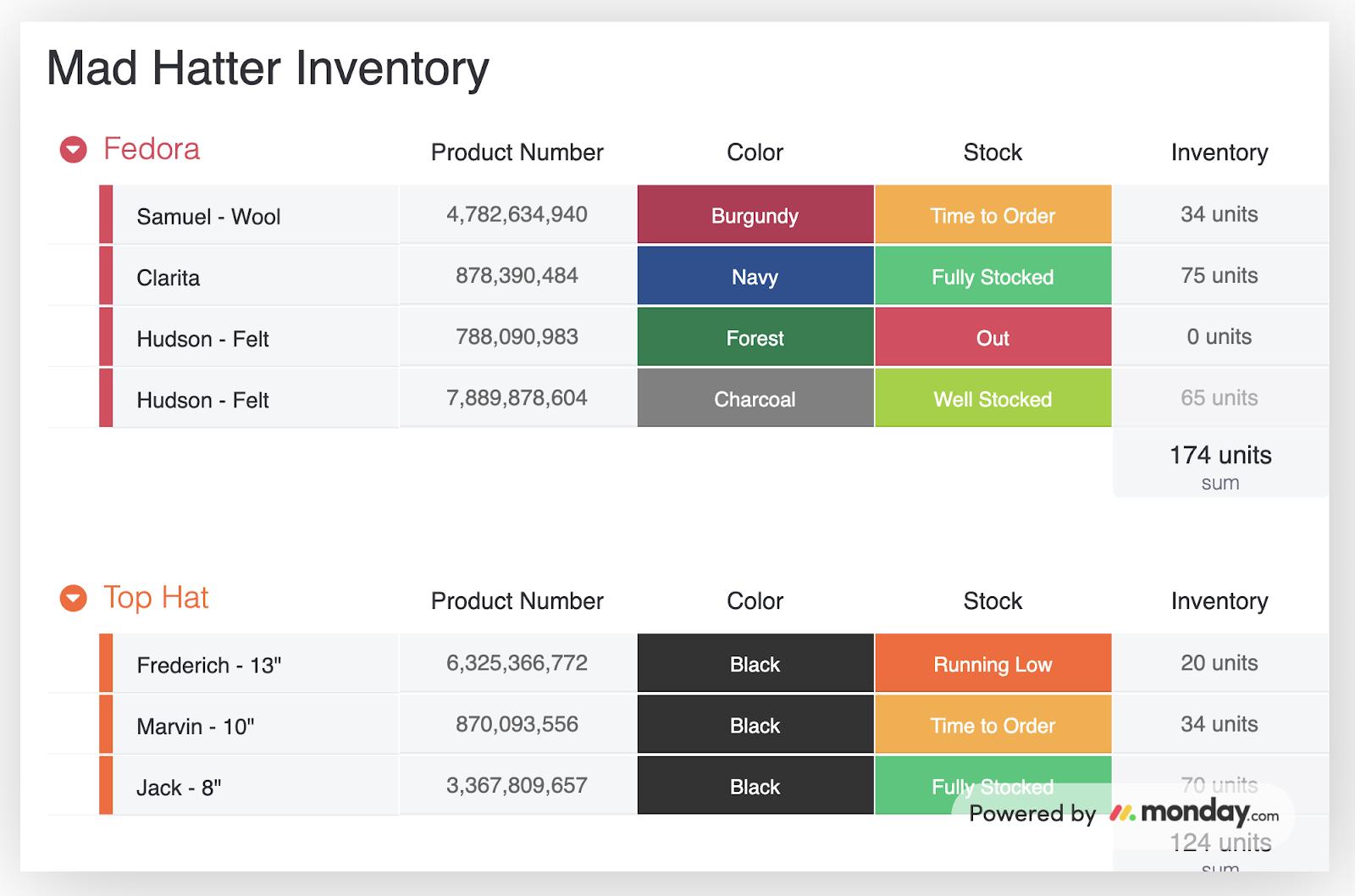
Creating an inventory tracking system is easy thanks to the 30+ customizable column types that allow you to set a product’s stock level, product numbers, and assign colors and styles.
Inventory management is straightforward, but many retailers take it a step further and create boards to track customer orders.
They have a board that shows order status alongside key dates, processing times, and even automated email triggers that keep both the customer and the company on track to complete the order.
Setup the order intake form
Now that you’ve got more inventory visibility and a customer order board, it’s time to create the client facing form.
monday.com forms provide an easily accessible way to collect customer data and order information via shareable link or embedded form on your website.
Our software helps you generate the form based on a board of your choosing and matches up the different field forms with corresponding column types such as text, numbers, status, location, and more.
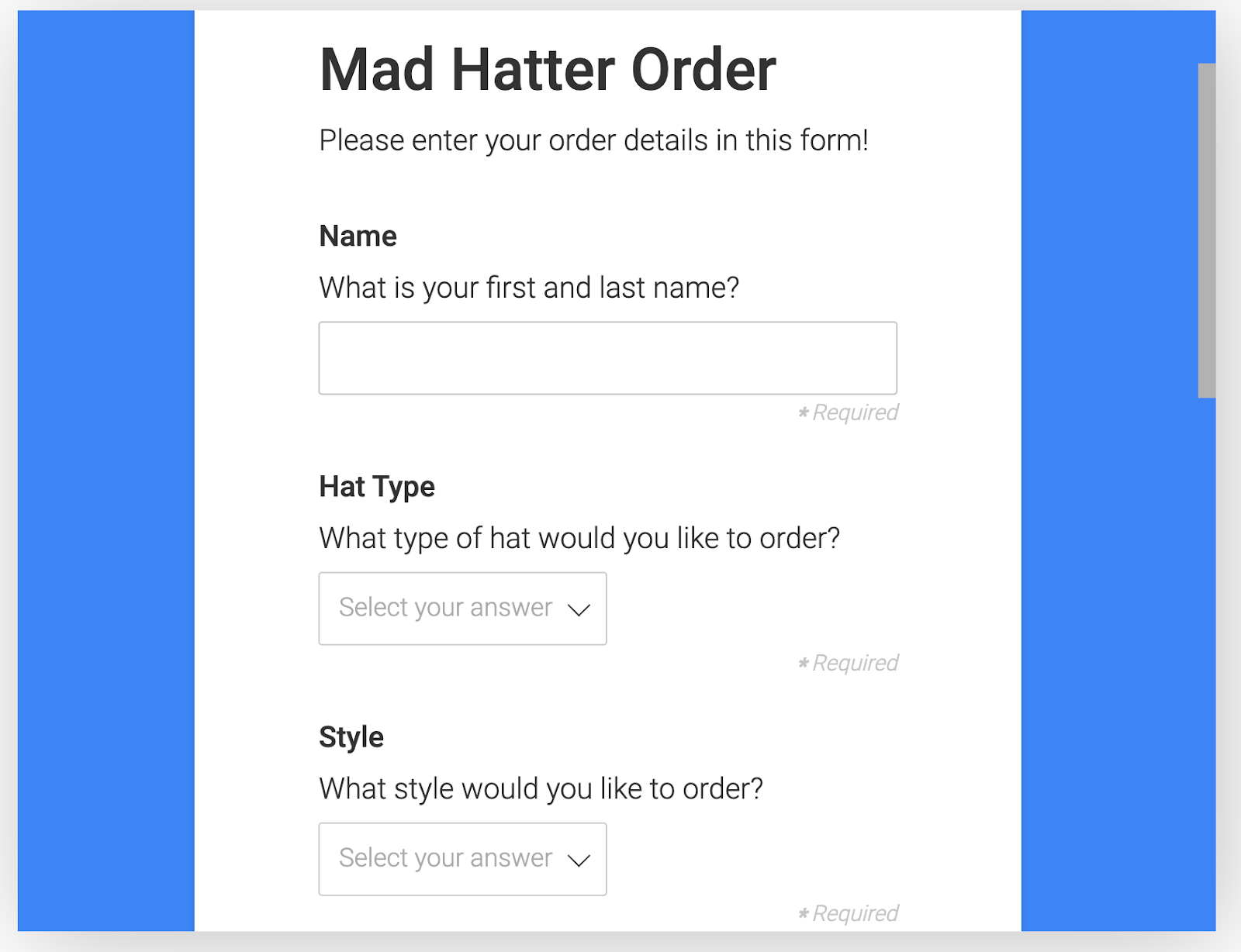
You can add your logo to the form, change colors, customize the questions, provide instructions, and set expectations when they complete the form.
Once the form is complete, your team sees it show up on the backend and has everything they need to kickstart the order management process and initiate order routing.
Take advantage of the automation
Our software is easy to use, but there’s no sense in performing tedious order processing tasks if you don’t have to.
That is why we built some handy automations.
Some notable automation recipes surrounding order fulfillment are:
- Automatically track order dates from the intake form.
- Flag a status as pending when orders are received.
- Calculate estimated ship dates based on the order received date and common processing times.
- Stay on top of customer communications by sending confirmation emails.
- Stay on top of inventory levels by triggering emails when something is flagged “out of stock.”
- Calculate profits or costs with formula columns.
As you can see, gathering order information and keeping the process flowing doesn’t mean you need a guiding hand at every step.
Some things are best left to our computer overlords… I mean, partners.
More features you’ll love about monday.com
monday.com packs a punch in more ways than one.
While order management comes natural, we know you’ll love a lot of other features, such as to ability to:
- Easily visualize your order management process with 8+ unique data visualization options, including Kanban and timeline views.
- Customize every step of your process tracking with 30+ customizable column types.
- Take advantage of the unlimited potential automation recipes that take mere seconds to set up and could save your company time and resources.
- Streamline and simplify the internal operations with our simple collaboration and communication tools.
- Keep all your order entry data interwoven with our 40+ integrations, which also cuts down on admin work.
If you’re still not convinced, then check out some customer reviews or get an opinion from a third-party.
Capterra has us in their top spot for “best order management software,” and has some nice software reviews and feature comparisons that’ll help guide you.
Take the leap
Software can’t be all things to all people. But here at monday.com, that won’t stop us from trying.
We know customer satisfaction is a top priority of yours, which is why we’ve built our Work OS on that exact same foundation, full of integration possibilities.
We humbly believe monday.com is the best order management solution around, and we’re so confident you’ll love it that we offer a 14-day no credit card required free trial.
Give our Inventory Management Template a spin, and you’ll immediately feel the difference.

